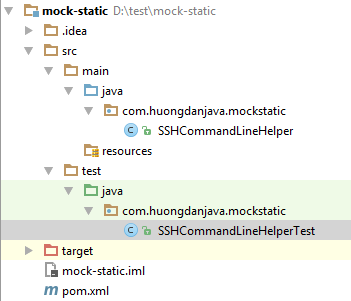

The retrieved event will fire when an existing model is retrieved from the database. Each event receives the instance of the model through its constructor.
#MOCK ELOQUENT FIND METHOD CODE#
Events allow you to easily execute code each time a specific model class is saved or updated in the database. For example, let's make the name attribute of our Flight model mass assignable:Įloquent models fire several events, allowing you to hook into the following points in a model's lifecycle: retrieved, creating, created, updating, updated, saving, saved, deleting, deleted, restoring, restored. You may do this using the $fillable property on the model. So, to get started, you should define which model attributes you want to make mass assignable. For example, a malicious user might send an is_admin parameter through an HTTP request, which is then passed into your model's create method, allowing the user to escalate themselves to an administrator. However, before doing so, you will need to specify either a fillable or guarded attribute on the model, as all Eloquent models protect against mass-assignment by default.Ī mass-assignment vulnerability occurs when a user passes an unexpected HTTP parameter through a request, and that parameter changes a column in your database you did not expect. The inserted model instance will be returned to you from the method. You may also use the create method to save a new model in a single line. $user -> getOriginal () // Array of original attributes. The easiest way to create a model instance is using the make:model Artisan command: All Eloquent models extend Illuminate\Database\Eloquent\Model class.


#MOCK ELOQUENT FIND METHOD FREE#
Models typically live in the app directory, but you are free to place them anywhere that can be auto-loaded according to your composer.json file. To get started, let's create an Eloquent model. For more information on configuring your database, check out the documentation. Models allow you to query for data in your tables, as well as insert new records into the table.īefore getting started, be sure to configure a database connection in config/database.php. Each database table has a corresponding "Model" which is used to interact with that table. The Eloquent ORM included with Laravel provides a beautiful, simple ActiveRecord implementation for working with your database.


 0 kommentar(er)
0 kommentar(er)
